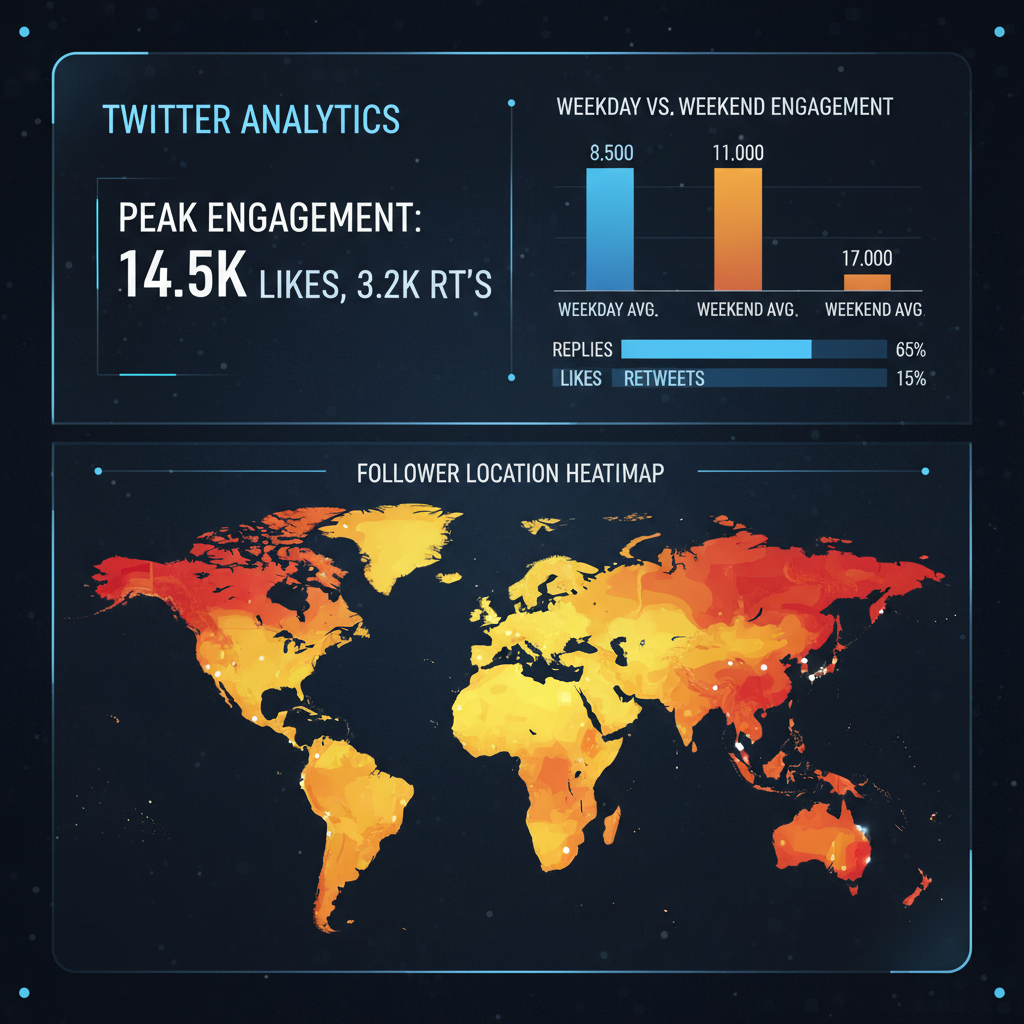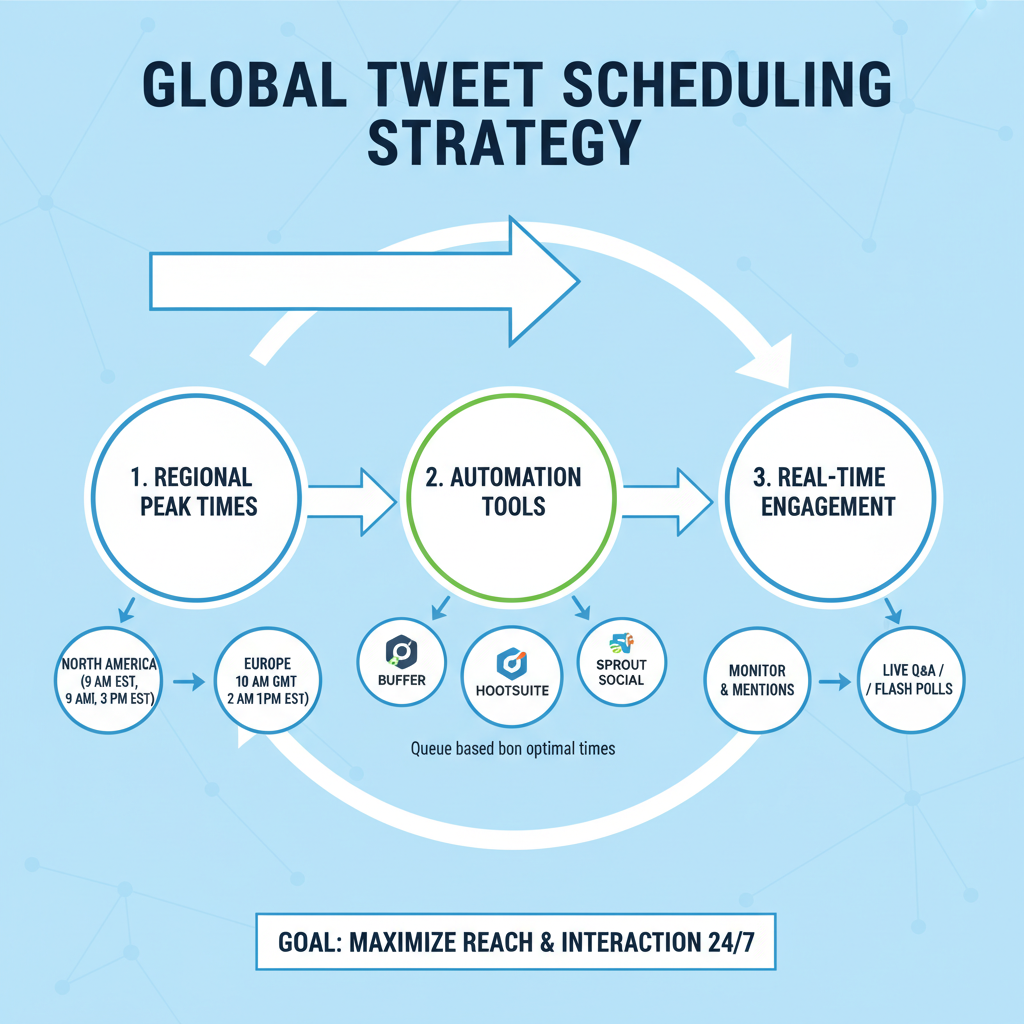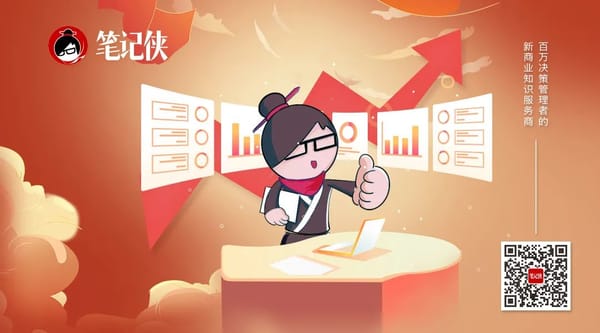Optimize Twitter Time for Higher Engagement
Learn how to identify optimal Twitter posting times using analytics, schedule content for global audiences, and boost engagement with strategic timing.

Understanding “Twitter Time” and User Activity Patterns
When it comes to social media marketing, Twitter time is more than just a clock reading — it's a calculated approach to posting at the optimal moments when your audience is active, engaged, and most likely to interact with your content. Identifying and leveraging your Twitter time can dramatically increase your reach, impressions, and engagement rates, helping elevate your overall Twitter strategy.
Twitter audiences behave differently based on the day, hour, and even cultural or regional influences. For example:
- Professionals often check Twitter in the early morning before work and during lunch breaks.
- Entertainment-focused audiences are more active during evenings and weekends.
- News followers tend to monitor updates throughout the day, with spikes during breaking events.

Recognizing these behavioral patterns is the first step to creating a strategic posting schedule tailored to your target audience.
---
Analyzing Twitter Analytics for Peak Engagement
Twitter’s built-in analytics offer data on impressions, engagement rates, and follower activity. To determine your peak engagement periods:
- Navigate to analytics.twitter.com and log in.
- Review the Tweets tab to identify high-performing posts.
- Match timestamps to engagement spikes.
- Record any emerging trends — for instance, do mornings outperform afternoons?
Exporting analytics data allows you to develop custom charts that visually map performance against posting times, revealing which slots truly resonate.

---
Best Days of the Week to Post
Industries experience varied engagement depending on the day. Use the guide below as a baseline, then adjust for your audience:
| Industry | Best Days | Reason |
|---|---|---|
| Tech & Startups | Tuesday–Thursday | Midweek is prime for industry updates and launches |
| Entertainment | Thursday–Sunday | Audiences seek leisure content before and during weekends |
| Retail & E-commerce | Monday & Friday | Spark interest after weekends and pre-weekend shopping plans |
| News & Politics | Daily | Steady interest with spikes during breaking news |
These are starting points. For accuracy, always cross-check with your personal analytics.
---
Scheduling Tweets for Global Audiences
Global audiences complicate Twitter time because of multiple time zones. To maximize reach internationally:
- Identify your key markets.
- Research local peak activity times.
- Schedule posts multiple times over 24 hours to engage different regions.
- Avoid irrelevant overnight posts in critical markets.
For instance, a UK brand might post at 8 AM UK time for local engagement and at 2 PM UK time to target the U.S. morning audience.
---
Using Third-Party Tools for Automation
Tools like Buffer, Hootsuite, Sprout Social, and TweetDeck simplify scheduling and analytics.
Benefits include:
- Queue tweets for precise times.
- Automate trend tracking and analysis.
- Coordinate strategies across multiple accounts.
Example schedule in Buffer:
Morning Tweet: 08:00
Afternoon Tweet: 14:00
Evening Tweet: 19:00Consistency fosters familiarity and boosts repeated engagement.
---
Balancing Real-Time Engagement with Scheduled Content
Automation is powerful, but Twitter thrives on real-time conversation. Combine scheduled tweets with live interactions:
- Respond rapidly to mentions and DMs.
- Participate in trending hashtags.
- Comment on breaking stories promptly.
This balance ensures the benefits of planned content while capitalizing on spontaneous opportunities.
---
Leveraging Trends and Breaking News
Twitter’s trending topics can offer a visibility boost when used strategically:
- Monitor the Trending section daily.
- Engage with relevant, brand-consistent trends.
- Publish quick, insightful responses.
Speed is essential—timely posts deliver higher immediate reach.
---
Strategies for Morning, Midday, and Evening Tweets
Different periods yield varying results:
- Morning (6–9 AM): Target commuters with news briefs and concise updates.
- Midday (11 AM–1 PM): Post educational threads or product announcements during breaks.
- Evening (6–9 PM): Focus on entertainment content, recaps, or storytelling threads.
Experiment with format and content at different times to discover your optimal mix.

---
Creating Evergreen Tweets
High-engagement windows matter, but evergreen content drives sustained interaction. Examples include:
- How-to guides and tutorials.
- Motivational quotes.
- Non-time-sensitive industry tips.
Refresh and repost evergreen tweets periodically to maintain interest without redundancy.
---
Tracking Performance Over Time
Continuous monitoring ensures you adapt to changes in audience behavior. Track metrics like engagement rate, impressions, and interactions by time and day:
| Metric | Why It Matters | Tools to Use |
|---|---|---|
| Engagement Rate | Percentage of audience that interacts with tweets | Twitter Analytics, Sprout Social |
| Impressions | Overall visibility and reach | Native Twitter Insights |
| Retweets/Replies | Measures audience resonance and conversation potential | Hootsuite, Buffer reports |
Review and refine schedules based on evolving patterns to keep your Twitter strategy effective.
---
Conclusion
Mastering your Twitter time combines the science of analytics with the art of timing. By understanding day-by-day and hour-by-hour audience behaviors, leveraging time-zone awareness, utilizing automation, and remaining agile for real-time engagement, you can maximize visibility and interactions. Start tracking, testing, and adjusting now to find your true sweet spot — and watch your Twitter presence grow. Ready to elevate your Twitter strategy? Begin optimizing your posting schedule today for peak reach and engagement.



